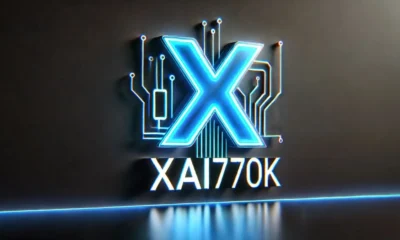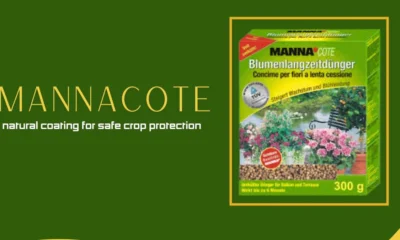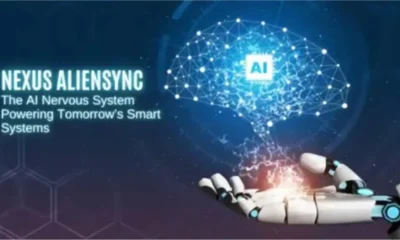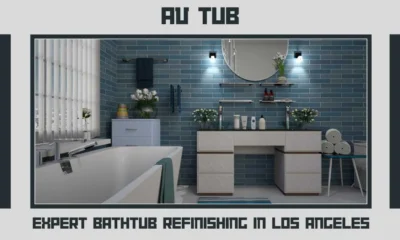GENERAL
Enhance Your Dirt Bike’s Look with These Simple Upgrades
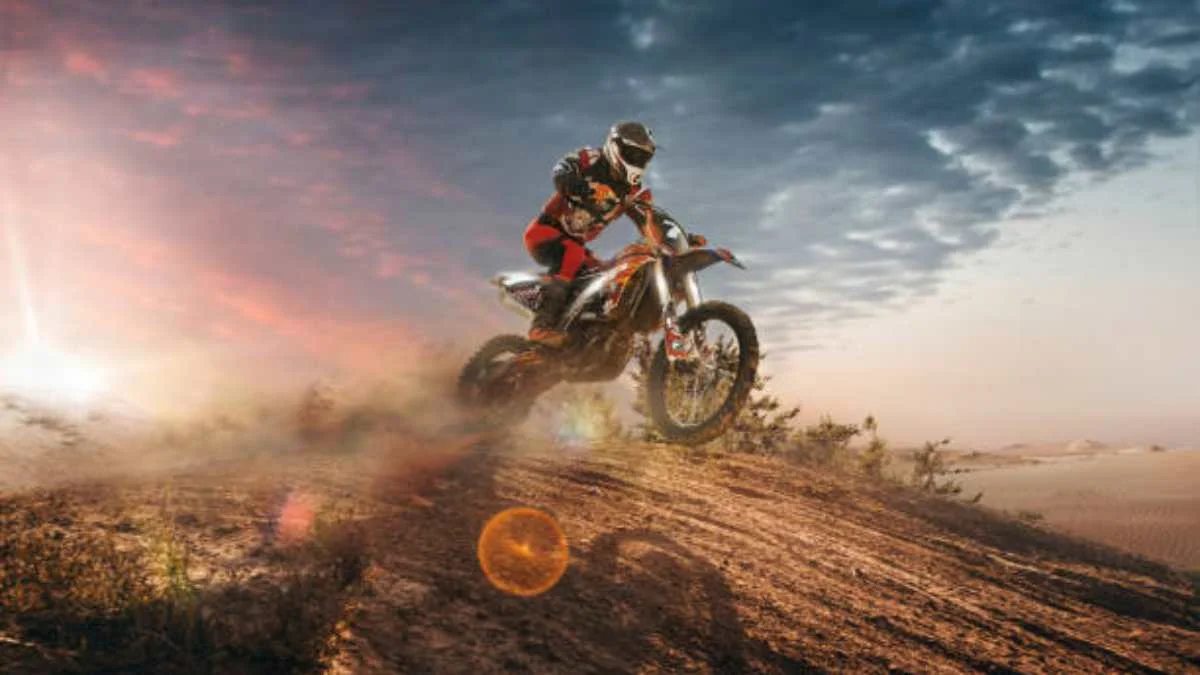
Enhance Your Dirt Bike’s Look with These Simple Upgrades
Millions of people own dirt bikes at this point, and the number of people buying them continues to grow. Though there are several makes and models of dirt bikes, each one comes off of the assembly line looking exactly the same as others in its specific lineup. There’s nothing inherently wrong with that, but if you’re like most people, you want yours to stand out in a crowd. Several simple upgrades can allow you to distinguish your dirt bike from others and show off your personality.
Graphics
One of the simplest ways to enhance a dirt bike’s look is to apply graphics. Honda dirt bike graphics are available in countless varieties, as are those for other brands. You can get individual decals or complete graphics kits to change the appearance of your bike. You can stick with a specific theme when applying graphics or mix and match colors and designs for an even more unique look. Either way, those graphics will completely transform the look of your bike while also protecting it against scratches and fading.
New Rims
Another option is to install new rims on your dirt bike. You’ll find aftermarket rims in a wide range of colors and styles. They can be matched to the bike’s plastics and paint or any unique graphics you apply to it, and they’re sure to draw attention for all the right reasons. If you’re not ready to commit to a specific color or invest in aftermarket wheels, you can buy adhesive rim covers. They’re an inexpensive alternative that can allow you to test different colors before settling on one. Some people even apply decorative duct tape to their rims for added flair.
Changing Wheel Hubs and Spokes
As an alternative to, or in addition to, changing out your bike’s rims, you can install new hubs and spokes. Your new hubs and spokes can match the rims for a more polished look, or you can choose different colors for more contrast. Spoke skins are likewise available if you don’t want to do a complete changeout. They’re much faster and easier to install than actual spokes, and they don’t require any specialized tools or mechanical knowledge.
New Handlebars and Grips
Installing new handlebars and grips is also a possibility. Dozens of handlebar designs are available. You could also choose keep the existing handlebars and give them a custom paint job. If you don’t want to change out the handlebars themselves, simply replacing your factory grips will make a major difference in your dirt bike’s appearance. They, too, are available in numerous styles, colors, and designs. New handlebars and grips can change the look of your bike while also improving your comfort and control.
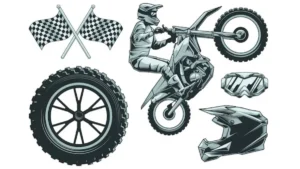
Fender Upgrades
Finally, fender upgrades can transform the look of your dirt bike. Several styles and color schemes are available, so your new fenders can easily mesh with your other changes. You can even have them customized to suit your style and match your theme. Switching to a new design doesn’t mean you have to sacrifice functionality. In fact, your new fenders may provide even more protection than the old ones did.
Revamping Your Dirt Bike
If you want to change the look of your dirt bike, several options are at your disposal. You’ll find a variety of aftermarket parts to replace the factory components as well as a range of graphics and other add-ons. Each one does its part to change the appearance of a bike, and some can even improve its comfort and performance. Whether you’re interested in a complete revamp or simply making a few minor changes, they’ll help make your bike stand out.
-

 BIOGRAPHY7 months ago
BIOGRAPHY7 months agoBehind the Scenes with Sandra Orlow: An Exclusive Interview
-

 HOME1 year ago
HOME1 year agoDiscovering Insights: A Deep Dive into the //vital-mag.net blog
-

 HOME1 year ago
HOME1 year agoSifangds in Action: Real-Life Applications and Success Stories
-

 BIOGRAPHY1 year ago
BIOGRAPHY1 year agoThe Woman Behind the Comedian: Meet Andrew Santino Wife







